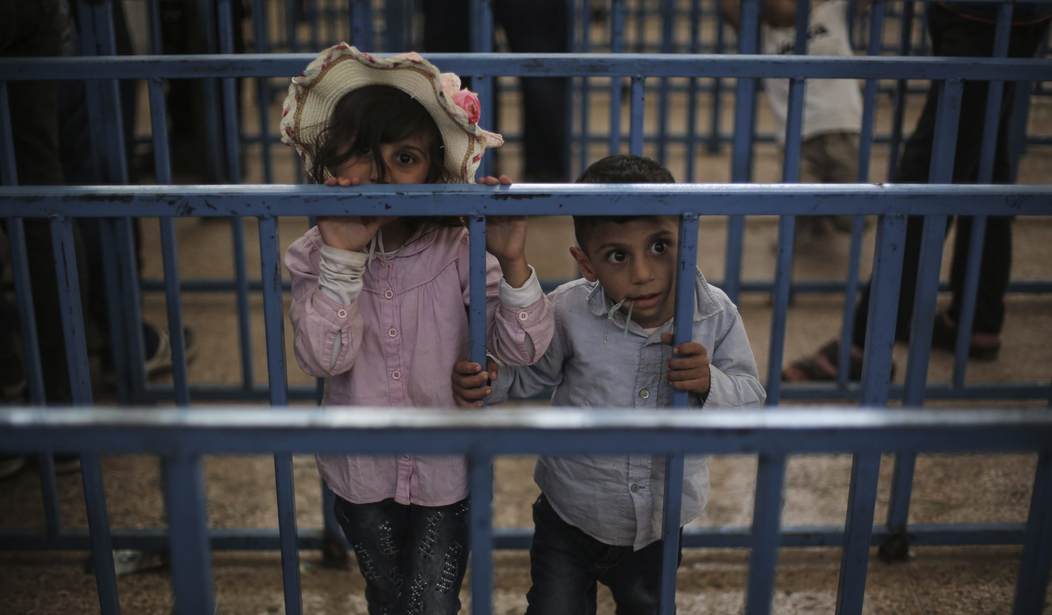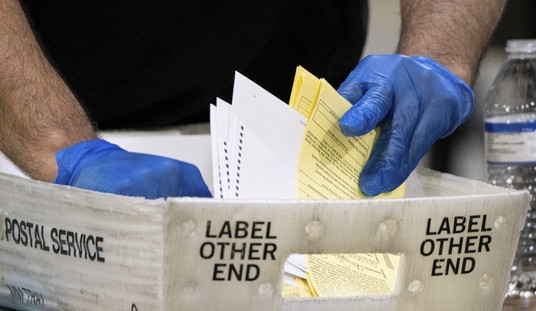June 12th is the World Day Against Child Labor and the Syrian refugee crisis highlights this global problem. Since 2011, organizations such as the United Nations High Commissioner for Refugees (UNHCR) has led efforts aimed at assisting Syrian refugees in Lebanon. To date, a total of 986,942 “persons of concern” comprising 226,373 households, have registered in Lebanon. With additional unregistered refugees and those smuggled across the border, the total number of Syrians in Lebanon, is more than 1.2 million, making Lebanon a country with the highest refugee population per capita. Lebanon, by comparison, is 3.3 times the size of Rhode Island with a base population of nearly 4 million.
UNHCR, its partners, and other NGOs deliver assistance to refugees through a network of working groups and task forces covering basic assistance, shelter, child protection, education, and sexual and gender-based violence services. The UNHCR Child Protection in Emergencies Working Group has jurisdiction over child protection issues through prevention and response, neglect, exploitation and child abuse services. However, assistance has shifted from the distribution of in-kind relief to cash provisions, resulting in a lack of oversight and ability to combat child labor abuse.
SeraphimGLOBAL’s experience with child labor trafficking among Syrian refugees in Lebanon and their host communities is well within the framework of International Labor Organization’s (ILO) definition of the Worst Forms of Child Labor (WFCL). The WFCL defines this kind of child labor as all aspects of slavery, use of children in prostitution and illicit activities, and work which is likely to harm the health, safety or morals of children.
Prior to 2011, the number of working children in Lebanon was estimated at 100,000. Currently, the influx of refugees has increased this number to almost 200,000. Child labor exploitation (including street children) is predominant in construction and agriculture, two of the most hazardous industries, as well as mechanics, sweat shops, and fisheries. SeraphimGLOBAL staff have observed that child labor occurs most often in small to medium sized enterprises which are known for their chemical, physical, and mechanical hazardous conditions. The effects on the health of working children are not only acute, but can be chronic manifesting in long term poisoning, cancer, musculoskeletal, and mental disorders. Child labor abuse in Lebanon has evolved to include sexual abuse and exploitation, and engagement in illicit drug activities. Reports on child trafficking for forced labor have also been documented by the UN Special Rapporteur of the UN Commission on Human Rights.
On World Day Against Child Labor, we should take the necessary steps to alleviate the problem in Lebanon. First, we can strengthen the international communities’ commitment to combat child labor abuse. Additionally, an updated situation analysis and needs assessment is required to identify and prioritize gaps based on root causes. The current laws should be enforced and we should ensure access to education. Finally, targeted interventions should be implemented through site inspections designed to withdraw children who are under 14 from forced labor environments. If the international community can come together to fight this global problem, not only in Lebanon, but in other corners of the world, we will help bring an end to child labor abuse.
NABIL WATFA, Ph.D., is the Director of Health and Humanitarian assistance programs in SeraphimGLOBAL’s Lebanon office. SeraphomGLOBAL is a U.S. based NGO focusing on health and human rights.









Join the conversation as a VIP Member